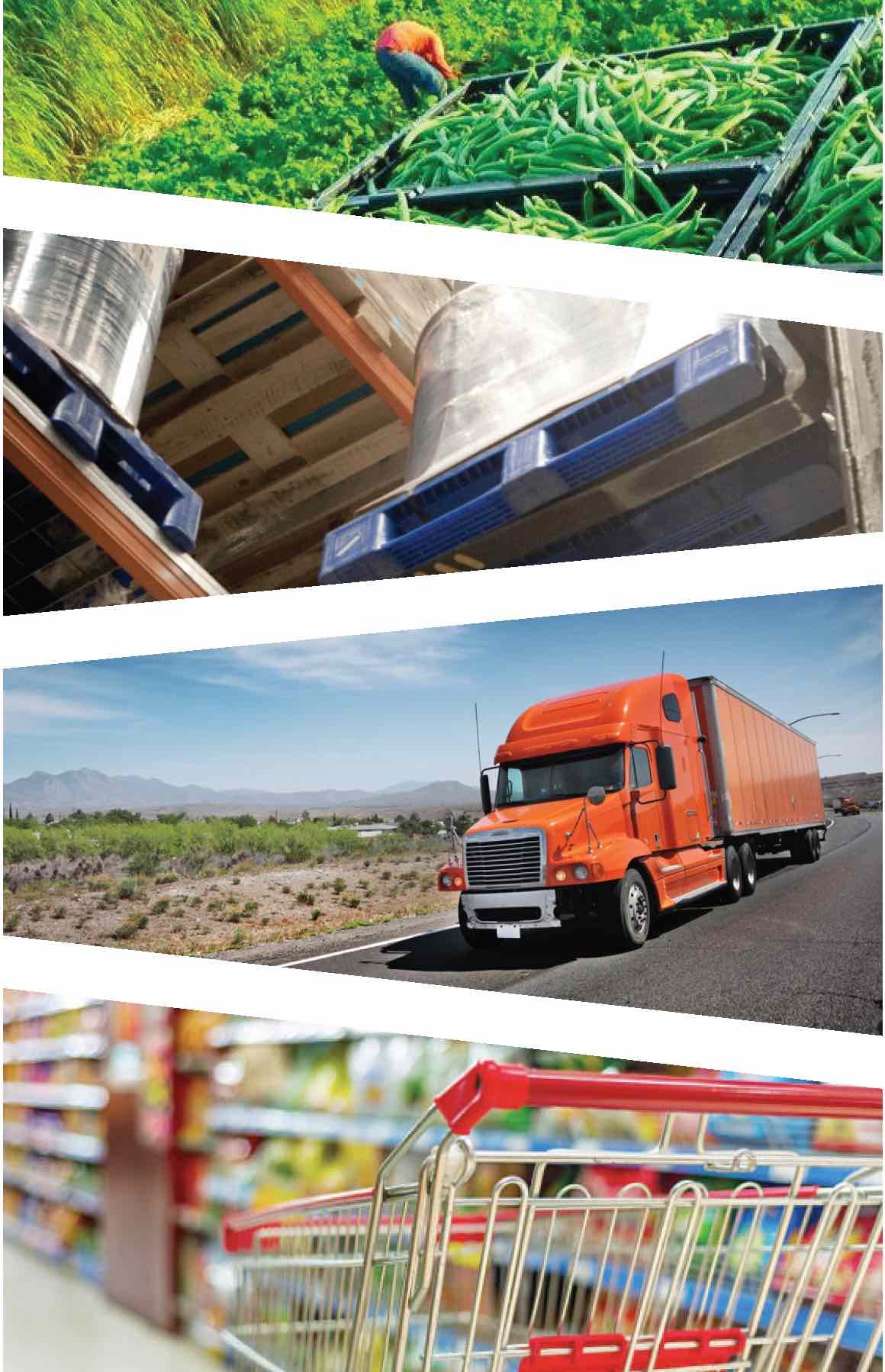How corrugated packaging is hurting store labor
Supermarkets can have the best marketing plans, outstanding customer service, great locations, and total dominance in the marketplace – but without considering how packaging is affecting their store’s labor, results may not be optimal. Getting products off of trucks and into your store aisles is mission-critical. It’s also one of the most time-consuming and injury-prone tasks in all of retail… particularly in the retail grocery industry. In many ways, standard corrugated packaging is not cutting in anymore. In a time when labor costs are steadily increasing, it’s more important than ever to carefully consider new & unique ways to enhance efficiencies.
The cost of moving boxes and packaging from truck to floor
The costs of unloading a truck are both tangible and intangible. Lengthy unloading times and worker injuries cost stores money, undermine employee morale and lead to costly turnover. When you consider that supermarkets now have greater item diversity than at any other point in history – the average is now about 40,000 to 50,000 items per store as opposed to 7,000 items per store just twenty years ago – the optimization of your labor efforts is mission critical.
Multiple government studies from agencies like the Bureau of Labor Statistics and the Centers for Disease Control and Prevention have proven that the grocery industry is among the most accident prone, and the costs of worker injuries is significant for stores. As you might expect, back injuries – which often occur during the unloading process – are among the most common types of injuries in retail operations.
Moving boxes and packaging takes time – and costs you money
Labor hours associated with stocking can be among the most significant wage costs a grocery store can face. In any business, time is money – and workers who rush to quickly unpack inconveniently packaged cardboard boxes and pallets in order to stock shelves may make errors or cause damage to products.
The alternative is a stronger, stackable Reusable Plastic Container
Of course, better management of the movement of product from truck to shelves requires a multi-faceted approach. But one simple change in your supply chain management can yield significant improvement on multiple levels.
Adopting Reusable Plastic Containers (RPCs) to replace corrugated packaging can help trim the time workers spend unloading trucks and pallets, as well as stocking shelves. Designed with stability in mind, RPCs move and shift less during transportation, so workers know what they’ll get when they open the back of the truck – neat, orderly stacked RPCs, rather than dangerously shifted pallets or boxes. Lightweight yet sturdy, RPCs are designed to be easy to manage. Easy-to-grip, dependable handles mean your associates will struggle less with lifting chores. As a result, RPCs can help an operator reduce costly employee injuries.
One switch to RPCs could mean multiple payouts
RPCs are designed to come off the pallet and go directly onto a store shelf. They’re a cost-effective, fast and easy way to attractively display products like eggs or produce. Instead of meticulously removing each carton of eggs from a cardboard box and stacking them on a shelf, associates can simply place the full RPC on the shelf and drop the front wall – voilà!
Replacing corrugated boxes with RPCs can also eliminate time spent breaking down cardboard and baling it for recycling. RPCs are made of recycled plastic and can be reused over and over again.
Unloading trucks and stocking shelves may never be anyone’s favorite job, but when you use RPCs those tasks don’t have to be time-consuming and physically risky for your employees. Nor do those necessary tasks have to be a cost of doing business for your grocery store — they can become cost-saving opportunities, instead.
To learn more about how reusables create more efficient supply chains, click here.


